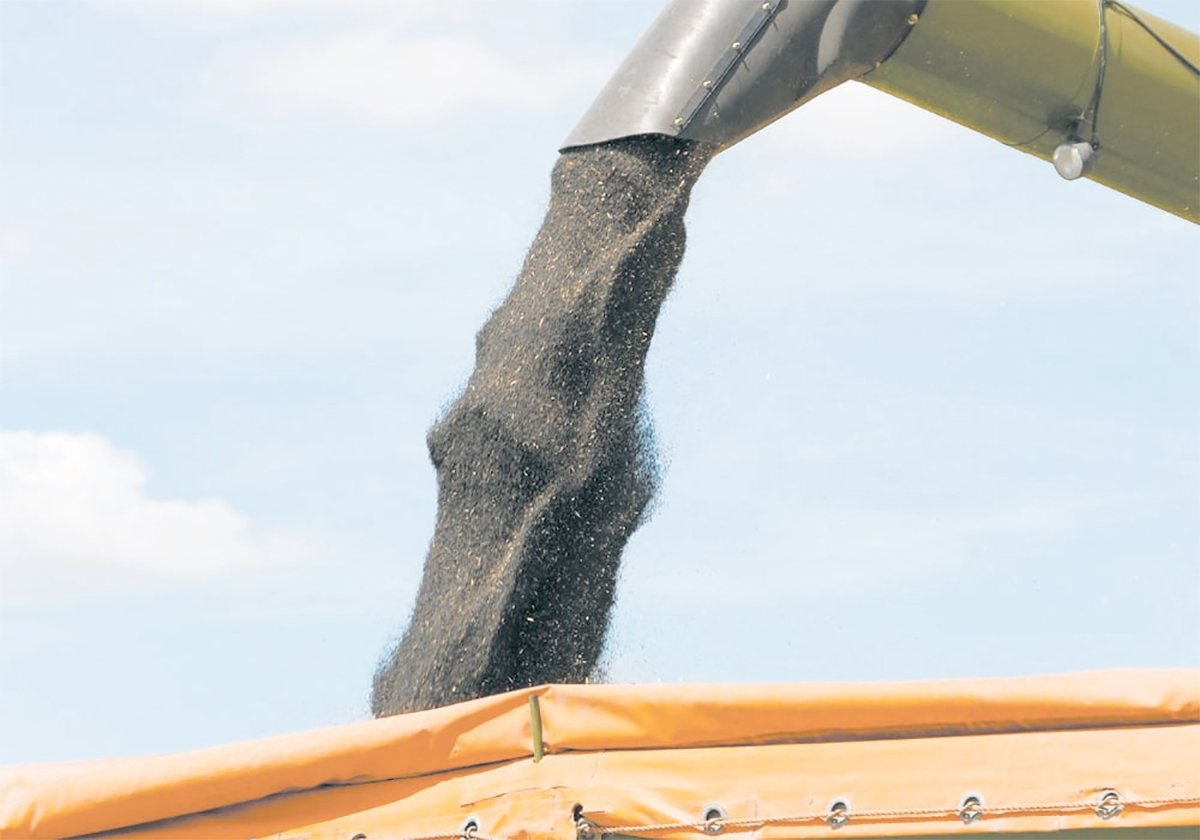Millennials and younger generations often joke that they should have purchased a home in 2008, but instead they were busy attending grade school.
This is because housing prices in Canada have risen substantially since 2008 and continue to rise each year. Home affordability is a concern for many Canadians. BNN Bloomberg says the average home price in Canada is 141 per cent higher than the median household income.
Home prices are rising much faster than the average Canadian income, which makes it especially difficult for young Canadians to buy their first home.
Read Also

Determining tariff compensation will be difficult but necessary
Prime minister Mark Carney says his government will support canola farmers, yet estimating the loss and paying compensation in an equitable fashion will be no easy task, but it can be done.
The Canadian government recognized this and in 2022 announced the Tax-Free First Home Savings Account (FHSA). It gives Canadians the opportunity to save $40,000 for a home on a tax-free basis.
To qualify for an FHSA, an applicant must be a Canadian citizen, between the ages of 18 and 71, and a first-time home buyer. To be considered a first-time homebuyer, neither you nor your partner can have owned or jointly owned a home during the year or in the previous four calendar years.
An FHSA is similar to a Registered Retirement Savings Plan, where contributions are tax-deductible. An FHSA is also similar to a Tax-Free Savings Account (TFSA). You can have qualified investments within an FHSA and the income gains are tax-free.
The main difference between an FHSA and a TFSA is that money can only be withdrawn tax-free from your FHSA if it is for a qualifying home. A qualifying home is virtually any type of residential property that would be your first home and principal residence.
An individual can contribute to their FHSA up to $8,000 per year until they reach the limit of $40,000. Up to $8,000 of unused contribution room can be carried forward each year, and an FHSA account can only remain open for a maximum of 15 years.
If the amounts in the account expire, they can be converted tax-free to an RRSP or Registered Retirement Income Fund. It is important to note that over-contributions to an FHSA are penalized at one per cent per month, and any withdrawals do not restore contribution room.
To withdraw money, acquisition of a home must take place no earlier than 30 days prior to withdrawal, or no later than Oct. 1 of the calendar year following the date of withdrawal. For example, if you withdraw money on Sept. 1, 2024, you must acquire your first home before Oct. 1, 2025.
An FHSA does not apply only to young Canadians. For example, if you have an agriculture corporation that has owned your home for the past four years or more, you would qualify as a first-home buyer and could take advantage of an FHSA.
As another example, if you or your corporation owns land and you want to sell a portion of the land to your child for their first home, they could use an FHSA to help buy that land.
First-time home buyers in Canada can take advantage of this new financial tool. An FHSA provides tax advantages, reduces financial barriers, addresses affordability concerns, and encourages Canadians to have financial discipline. FHSAs can be a valuable resource in achieving the personal milestone of becoming a first-time homeowner.
To learn more about FHSAs, contact an accountant or financial professional.
Colin Miller is a chartered accountant and partner with KPMG’s tax practice in Lethbridge. Contact: colinmiller@kpmg.ca. He would like to thank Karrie Geremia and Shane Burdett of KPMG for their assistance with writing this article.















